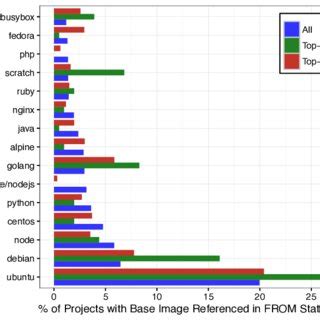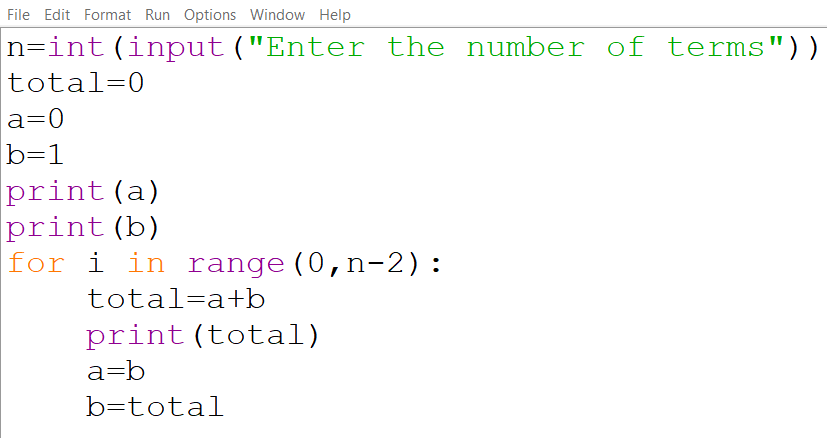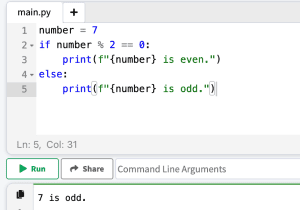The percentage sign, denoted by the symbol "%", is a fundamental operator in Python programming, used for calculating the remainder of an integer division operation. It is also utilized in string formatting to denote the start of a conversion specification. In this article, we will delve into the usage of the percentage sign in Python, exploring its applications in various contexts, including arithmetic operations, string formatting, and data analysis.
Arithmetic Operations with the Percentage Sign

In Python, the percentage sign is employed to compute the remainder of an integer division operation. This operation is essential in numerous mathematical and computational tasks. For instance, to find the remainder of dividing 17 by 5, you would use the expression 17 % 5, which yields a result of 2. This is because 17 divided by 5 equals 3 with a remainder of 2.
Example Use Case: Checking for Even Numbers
A practical application of the percentage sign in arithmetic operations is checking whether a number is even or odd. By using the expression number % 2 == 0, you can determine if a number is even (since the remainder of an even number divided by 2 is always 0). For example:
def is_even(number):
return number % 2 == 0
# Test the function
print(is_even(10)) # Output: True
print(is_even(11)) # Output: False
This demonstrates how the percentage sign can be used in conditional statements to make decisions based on the parity of a number.
String Formatting with the Percentage Sign

In addition to its role in arithmetic, the percentage sign is used in string formatting to indicate the start of a conversion specification. This allows for the embedding of values within strings. For example, to include the value of a variable name within a greeting, you could use the expression “Hello, %s!” % name. This would replace %s with the actual value of name, resulting in a personalized greeting.
Example Use Case: Customized Messages
A common use of string formatting with the percentage sign is creating customized messages. By using conversion specifications like %s for strings, %d for integers, and %f for floating-point numbers, you can insert dynamic values into your messages. For instance:
name = "Alice"
age = 30
message = "Hello, %s! You are %d years old." % (name, age)
print(message) # Output: Hello, Alice! You are 30 years old.
This example illustrates how the percentage sign enables the integration of variable data into strings, making it easier to generate customized messages or reports.
| Conversion Specification | Description |
|---|---|
| %s | String |
| %d | Integer |
| %f | Floating-point number |
| %x | Hexadecimal |

Data Analysis and the Percentage Sign
In data analysis, the percentage sign is often used to calculate percentages, which are essential for understanding proportions and trends within datasets. For instance, to find the percentage of a certain category within a dataset, you might use the expression (category_count / total_count) * 100. However, when dealing with percentages directly (e.g., converting a percentage to a decimal), the percentage sign itself is not directly involved but is crucial for interpreting the results.
Example Use Case: Calculating Percentages
A practical example in data analysis is calculating the percentage of a specific value within a dataset. Consider a list of exam scores where you want to find the percentage of students who scored above a certain threshold:
def calculate_percentage(scores, threshold):
above_threshold = [score for score in scores if score > threshold]
return (len(above_threshold) / len(scores)) * 100
# Test the function
scores = [85, 90, 78, 92, 88, 76, 95, 89]
threshold = 85
percentage = calculate_percentage(scores, threshold)
print(f"{percentage:.2f}% of students scored above {threshold}.")
This example demonstrates how the percentage sign, although not directly used in the calculation, is integral to understanding and presenting the results in a meaningful way.
Key Points
- The percentage sign (%) in Python is used for calculating the remainder of an integer division operation.
- In string formatting, the percentage sign indicates the start of a conversion specification, allowing for dynamic value insertion.
- In data analysis, percentages are crucial for understanding proportions and trends, even though the percentage sign itself may not be directly involved in calculations.
- Using the percentage sign correctly in arithmetic operations, string formatting, and data analysis requires attention to detail and understanding of its applications.
- Best practices include ensuring that conversion specifications match the types of values being inserted into strings and interpreting results appropriately in data analysis contexts.
In conclusion, the percentage sign is a versatile and essential operator in Python, facilitating a range of operations from arithmetic to string formatting and data analysis. Its correct usage is vital for effective programming and data interpretation. By mastering the applications of the percentage sign, developers can enhance their coding skills and produce more accurate, efficient, and informative programs.
What is the primary use of the percentage sign in Python arithmetic operations?
+The primary use of the percentage sign in Python arithmetic operations is to calculate the remainder of an integer division operation.
How is the percentage sign used in string formatting in Python?
+In string formatting, the percentage sign is used to indicate the start of a conversion specification, allowing for the insertion of dynamic values into strings.
What role does the percentage sign play in data analysis in Python?
+Although the percentage sign itself may not be directly used in calculations, understanding percentages is crucial for interpreting proportions and trends in data analysis.
Meta description suggestion: “Discover the multifaceted role of the percentage sign in Python, from arithmetic operations and string formatting to data analysis, and learn how to use it effectively in your programming tasks.”
